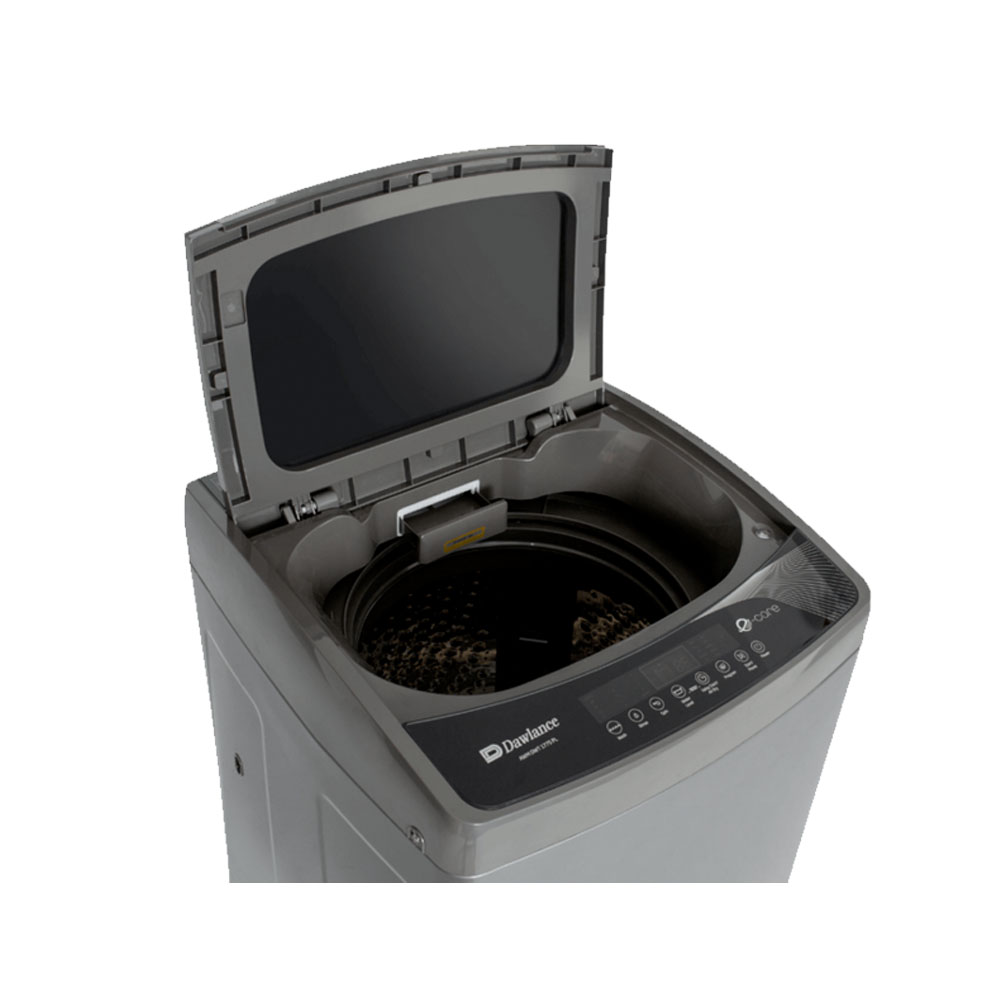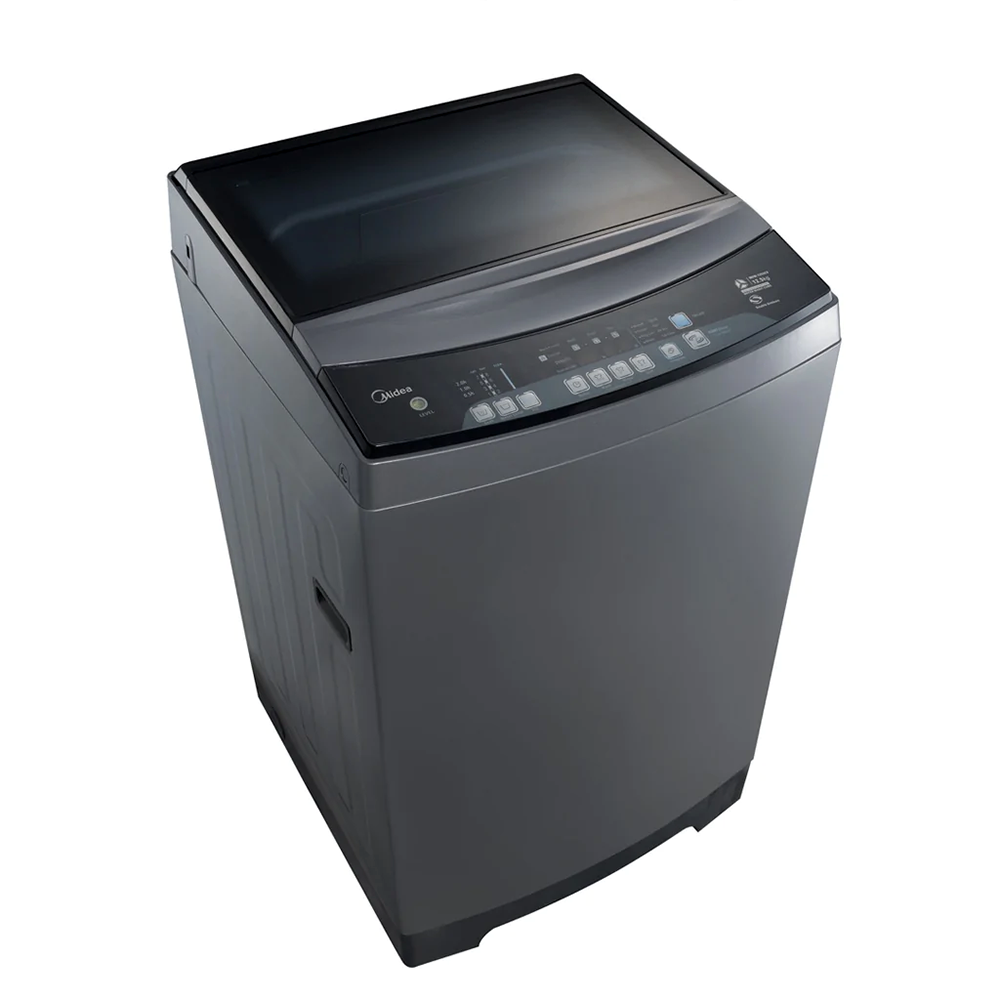When it comes to household appliances, the washing machine stands out as one of the most essential. It not only facilitates a crucial part of daily life—maintaining hygiene through clean clothes—but also comes in various sizes, models, and designs. This variation raises a common question among buyers: How much does a washing machine weigh? Understanding the weight of a washing machine is important for multiple reasons, including transport, installation, and ensuring compatibility with spaces in your home.
Why Washing Machines Are Heavy
Understanding why washing machines are heavy is crucial for handling and maintenance. The design and structure significantly contribute to the overall weight.

The Role of Concrete Counterweights
Washing machines include heavy concrete blocks as counterweights. These blocks, often weighing around 15kg, stabilize the machine during high-speed spins. Positioned atop the drum or around the drum’s front frame, they prevent the appliance from shifting or bouncing during operation.
High RPM Spin Cycles and Stability
Washing machine drums rotate at speeds up to 1600 rpm during rinse cycles. The rapid movement of wet, heavy clothes creates significant vibration. Without substantial weight, these vibrations could make the washing machine move or topple. Thus, heavy components are essential for stability.
Materials Used in Washing Machines
Washing machines are built from dense materials that add to their heaviness. Components such as the motor, drum, outer case, and bearings are typically made from heavy metals. These materials ensure durability but increase the appliance’s weight, making it one of the heaviest household items.
Average Weight of Washing Machines
The average washing machine tips the scales at about 70 kilograms (kg). This hefty weight is mainly due to the combination of dense materials and components that go into its make-up, such as the concrete counterweight and metal motor.
Influence of Washing Capacity on Weight
The capacity of a washing machine can impact its weight. Models designed to handle more laundry, measured in kilograms, generally have a larger drum and motor. As a result, their overall weight tends to be higher. It’s a balance between capacity and portability, with higher capacity machines often being heavier.
Weight Comparison of Different Models
Different models vary in weight based on their washing capacity and features. For instance, a model designed for a 12kg load may weigh around 75kg, like the LG TrueSteam FH4G1BCS2. On the other hand, a more compact 7kg capacity machine, like the Bosch Series 2 WAJ28008GB, might weigh closer to 68kg. This variation makes it clear that as the capacity increases, so does the weight, though it remains in approximate correspondence with the average weight of 70kg for standard units.
 Washing Machine Weight Capacity Explained
Washing Machine Weight Capacity Explained
Understanding washing machine weight capacity is key for optimal use and durability. In this section, we delve into how drum size correlates with the overall weight and clarify the distinction between net weight and capacity weight of the appliance.
Relationship Between Drum Size and Machine Weight
The size of a washing machine’s drum directly affects its overall weight. Machines with larger drums can handle more laundry per load, necessitating heavier materials for stability and efficiency. Typically, machines designed for higher load capacities incorporate larger, more robust motors and drums to accommodate the increased laundry weight. This results in a higher overall weight. For example, a washing machine with a 12kg drum capacity might weigh over 70kg due to the necessity of stronger components.
The Difference Between Net Weight and Capacity Weight
It’s important to distinguish between ‘net weight’ and ‘capacity weight’ when considering washing machines. Net weight refers to the total weight of the washing machine itself, including all parts and the concrete counterweight. Conversely, ‘capacity weight’ describes the maximum weight of dry laundry that the machine can efficiently wash in a single cycle. While net weight impacts the machine’s portability and installation, capacity weight is a guideline for usage not directly related to the physical heaviness of the machine.
Preparing to Move Your Washing Machine
Measuring for Fit
Before moving a washing machine, it’s vital to measure the appliance. Confirm that it fits in the new location. Measure the machine’s height, width, and depth. Don’t forget to account for space needed for ventilation and hoses. Compare these measurements with the installation area. Ensure there’s enough room for easy movement and operation.
Safety Considerations for Moving Heavy Appliances
Moving a heavy washing machine requires careful planning. Protect your back by not lifting alone. Gather a friend or two to help with the move. Wear protective gloves to enhance grip and protect hands. Clear a path from the washing machine to the exit. Remove any obstacles that could cause tripping or blocking. Secure loose parts like the power cord and hoses. These precautions can prevent damage and injury during the move. Always think ahead and prioritize safety above all.
How to Move a Washing Machine Safely
Moving a washing machine can be a challenging task, given how much a washing machine weighs. To ensure a safe relocation of your appliance, follow these essential steps and use the right techniques and equipment.
Techniques for Proper Lifting
Proper lifting is crucial to avoid injuries when moving a heavy washing machine. Begin by bending at your knees, not your waist, to maintain a straight back. Firmly grasp the machine and lift with your leg muscles, not your back. Always keep the washing machine close to your body as you move. Communicate with any helpers to coordinate movements and avoid sudden shifts that can cause strain. If possible, pivot the machine on its feet to move it into position, rather than lifting it completely off the ground.
Moving the washer with care can prevent personal injury and damage to the appliance. Aim to keep movements smooth and controlled. Rest if you need to, in order to maintain your strength throughout the move.
Using Lifting Straps and Equipment
Lifting straps and specialized moving equipment can be a great help. Adjustable lifting straps distribute the weight more evenly between two people. This makes the weight more manageable and helps keep your back straight. Place the lifting strap underneath the washing machine and adjust it for comfort and stability. Each person should grab the ends of the straps, squat down, and lift together.
Using a dolly or hand truck can also save effort. Tilt the machine carefully to slide the dolly underneath. Once secured, you can wheel the washing machine to its new location with relative ease. Ensure the path is clear of obstacles to prevent accidents. Remember to lock the wheels of the dolly when the washing machine is in place to prevent it from rolling. These tools require some practice, so take the time to familiarize yourself with them before moving day.
 When to Hire Professional Movers
When to Hire Professional Movers
Evaluating Your Ability to Move the Machine
Deciding whether to hire professional movers involves assessing your physical ability and situation. Consider vital factors such as your physical strength, the presence of assistive equipment, and the weight of your washing machine, typically around 70kg. If moving the washing machine involves stairs or tight spaces, the risk of injury increases. Individuals should evaluate if they can safely manage these challenges without professional help.
Additionally, review if you have another person to assist. Moving heavy machines like washing machines should never be a solo task due to the potential for injury and appliance damage.
The Benefits of Engaging a Moving Crew
Hiring a professional moving crew offers several advantages, ensuring the safety and efficiency of the moving process. First, movers are trained to handle heavy appliances, reducing the risk of damage to your washing machine and property. They come equipped with the right tools, such as lifting straps and dollies, which most homeowners may not have.
Second, using a professional crew can prevent personal injuries. The expertise of trained movers in navigating bulky items through tight spots or up and down stairs is invaluable—it’s their job to manage heavy lifting without incident.
Lastly, considering the time and effort required, hiring professionals might prove economical in terms of preventing potential repairs from improper handling and the physical cost of self-injury. This makes professional movers an essential consideration for transporting heavy appliances like washing machines.
Conclusion
In summary, how much does a washing machine weigh? The weight can range from 100 to over 300 pounds based on various factors, including its type, model, and materials used in its construction. Understanding these details can significantly impact various scenarios, such as moving, installation, and maintenance, while also helping to narrow down specifications when purchasing a new machine.
